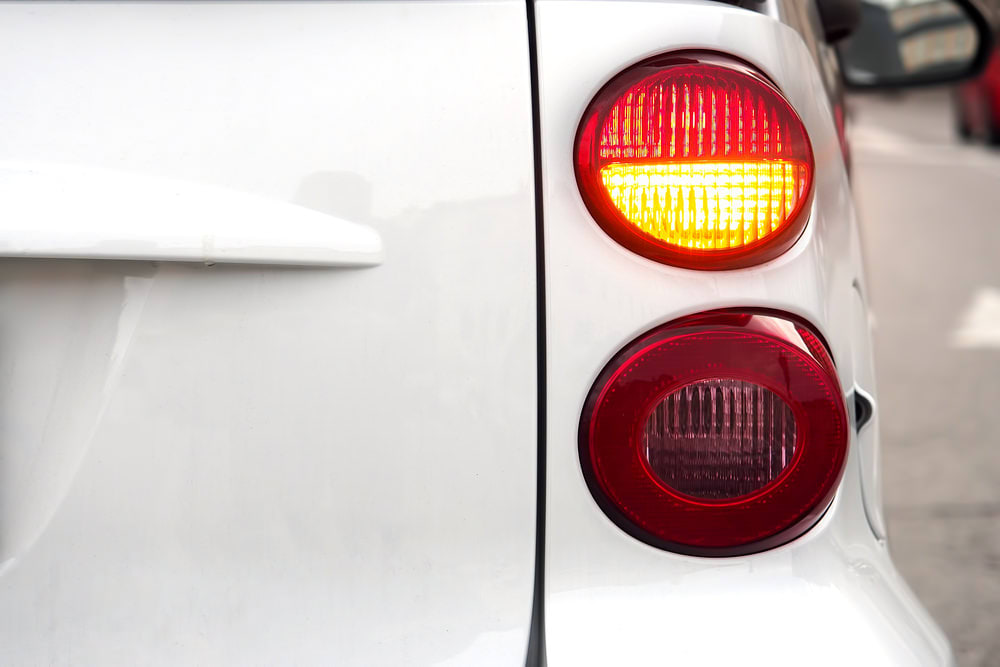

A requirement for all automakers is to equip each vehicle with proper, standard lighting. Every vehicle is equipped with several lighting systems including:
- Headlights
- Taillights and brake lights
- Corner marker lights
- Hazard or warning lights
- Turn signal lights
Turn signal lights are important for the safe operation of your vehicle. They indicate your intentions to change lanes, turn a corner, or pull over to the roadside. While not everyone uses their turn signals as regularly as they should, their usage dramatically reduces the number of accidents and driver errors.
How Car Turn Signals Work
Turn signals require electrical power in order to illuminate the turn signal light bulbs. The circuit is protected by a fuse in the power junction block in case of an electrical fault. When the turn signal lever is activated in either direction, a circuit is completed that allows power to flow to the front and rear turn signal lights on the selected side.
When the signal lights are turned on, they are not illuminated constantly. They flash in a rhythmic pattern to draw the attention of other motorists and indicate your intention. This is achieved by routing the power to the turn signals through a flasher or module that sends pulses of power to the lights instead of a steady stream.
When you complete your turn and turn the steering wheel back to center, a cam on the steering column catches on the turn signal lever and cancels the turn signal operation. If the cancel cam on your steering column is broken or you only take a slight turn, the signals may not cancel on their own and you will need to turn the signals off by moving the signal lever on your own. Make sure to get your turn signal fixed as soon as possible.



